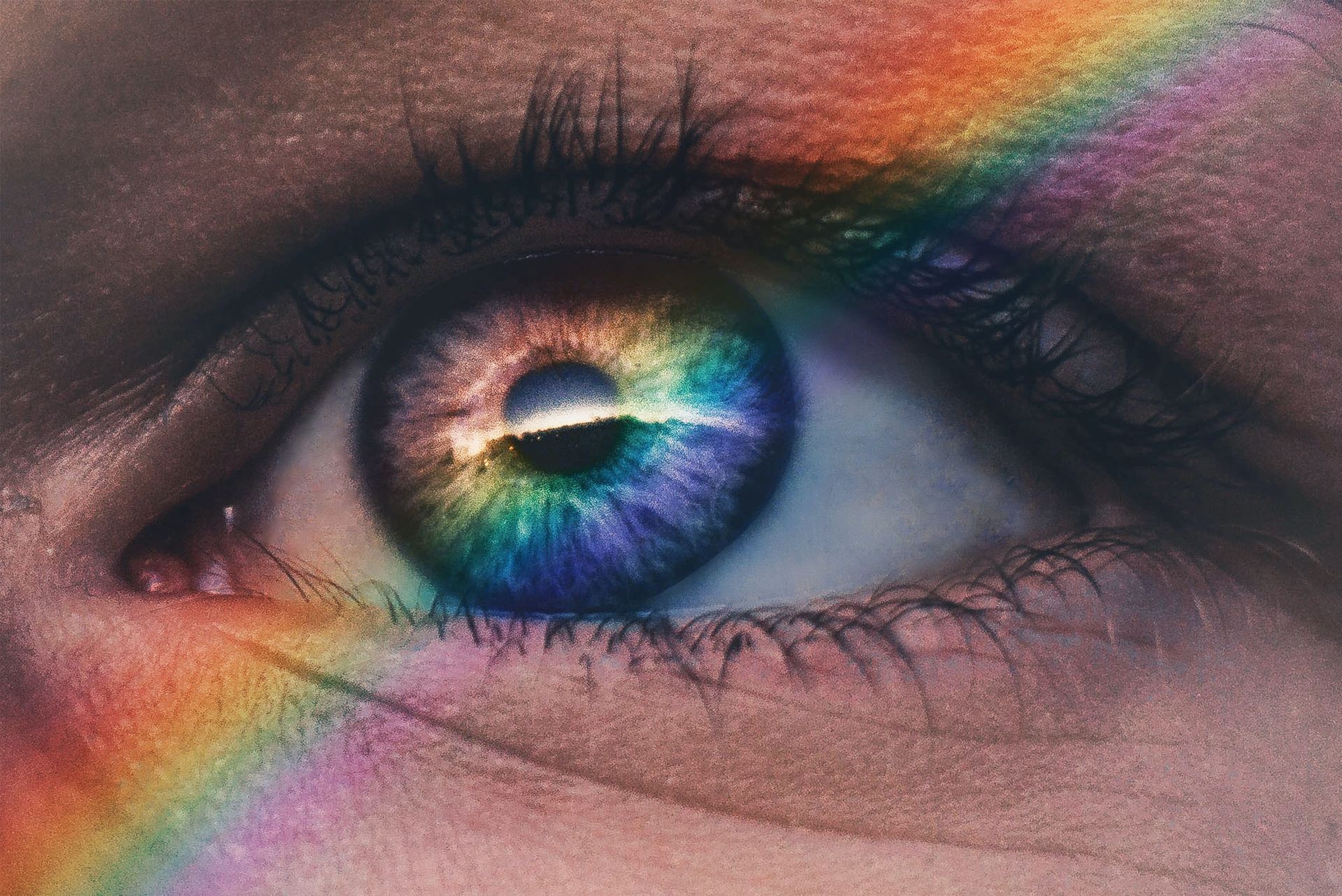Protecting Our Eyes in the Digital Age
Our vision, the cornerstone of how we experience the world, is challenged in today's technology-driven society. Research suggests a profound deterioration in vision in recent years, particularly among young people. In fact, a study by the Singapore National Eye Institute (SNEI) found that myopia, or nearsightedness, has increased significantly in recent decades, affecting nearly 90% of students by the age of 17. Another study in California found an increase of 56% in the last decade of students having developed myopia.

Why is this happening?
• Increased Screen Time: Extensive exposure to digital screens, from smartphones and computers to televisions, puts a strain on our eyes. Focusing on close objects for prolonged periods triggers the eye to constantly adjust, leading to eye fatigue and potentially myopia progression.
• Reduced Outdoor Activity: Children today spend less time outdoors compared to previous generations. Sunlight exposure, particularly blue light wavelengths, plays a major role in regulating dopamine production, which influences eye development. Reduced outdoor time can disrupt this process and contribute to myopia development.
• Dietary Factors: A balanced diet rich in essential nutrients is crucial for overall health, including eye health. Deficiencies in vitamin A, lutein, zinc, and omega-3 fatty acids have been linked to an increased risk of age-related macular degeneration (AMD) and cataracts.
• Recognizing the growing concern of myopia, Singapore implemented a comprehensive School Eye Care Program that has proved very effective in reversing the trend.
The program involves:
• Regular eye screenings: Students undergo mandatory vision screenings at specific intervals throughout their school years.
• Parental education: Parents receive information and resources on myopia prevention and management.
• Promotion of healthy habits: Schools require children to take breaks from digital screen work to participate in outdoor activities. They are encouraged to maintain a healthy diet.

Steps that we can choose to take to protect our eyes and promote healthy vision:
Diet
• Incorporate plenty of fruits and vegetables - Aim for a rainbow of colors on your plate, especially dark leafy greens like spinach and kale, rich in lutein and zeaxanthin, which may help protect against AMD.
• Include oily fish - Salmon, tuna, and sardines are excellent sources of omega-3 fatty acids, which may play a role in preventing dry eyes and potentially slowing myopia progression.
• Choose whole grains over refined ones. Whole grains provide vitamin E and other essential nutrients beneficial for eye health.
Supplements
While a balanced diet is crucial, consulting an eye doctor or healthcare professional might be necessary to determine if specific supplements are beneficial. They might recommend:
• Lutein and zeaxanthin: These antioxidants may help protect against AMD.
• Omega-3 fatty acids: These can help maintain healthy tear production and potentially slow myopia progression.
• Vitamin A: This vitamin is essential for maintaining good vision, especially night vision. However, excessive intake can be harmful, so consulting a healthcare professional is crucial.
Physical Habits:
• Practice the 20-20-20 rule - Every 20 minutes of screen time, look away for 20 seconds at something 20 feet (6 meters) away. This helps relax the focusing muscles of your eyes.
• Get enough sleep - Aim for 7-8 hours of sleep each night. During sleep, the body repairs and rejuvenates itself, including the eyes.
• Spend time outdoors - Aim for at least 2 hours of unfiltered sunlight exposure each day, following sun safety guidelines.
Remember, consulting a vision specialist for regular checkups is crucial for maintaining optimal eye health.









